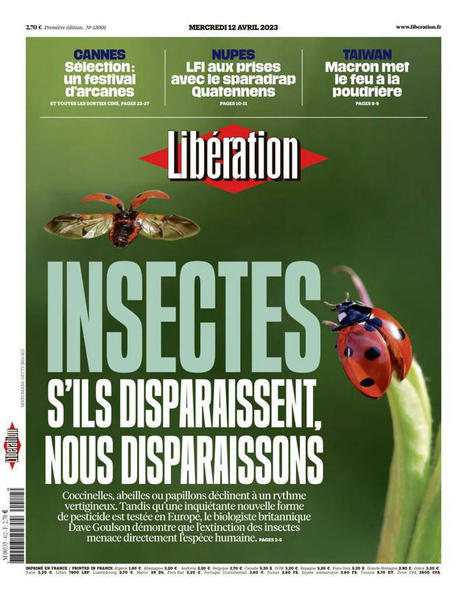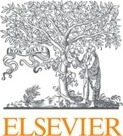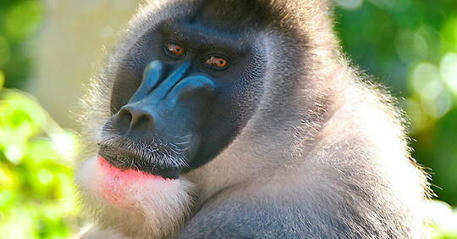Coccinelles et abeilles déclinent à un rythme vertigineux. Tandis qu’une nouvelle forme de pesticide est testée en Europe, le biologiste britannique Dave Goulson démontre que l’extinction des insectes menace directement l’espèce humaine.
Research and publish the best content.
Get Started for FREE
Sign up with Facebook Sign up with X
I don't have a Facebook or a X account
Already have an account: Login
Revue de presse et du net par le Pôle de partage des connaissances S&T de l'Office français de la biodiversité
Curated by
DocBiodiv
 Your new post is loading... Your new post is loading...
 Your new post is loading... Your new post is loading...
|

DocBiodiv's curator insight,
February 22, 2021 12:13 PM
Publié le 24/01/2021 suite aux recommandations de l'UICN "Best Practice Guidelines for Responsible Images of Non-Human Primates A Publication of The IUCN Primate Specialist Group Section for Human-Primate Interactions" https://human-primate-interactions.org/wp-content/uploads/2021/01/HPI-Imagery-Guidelines.pdf Un sujet plus développé sur https://human-primate-interactions.org/ et débats via @peopleprimate |














Philosophie, recherche, nature, culture...Plusieurs articles ds ce N° du 12/04/2023 : Baptiste Morizot : «La beauté du monde vivant, c’est qu’on ne sait jamais dans la vie de qui nous sommes glissés»
EN IMAGES - «BUG», la disparition des insectes de frelon en large etc